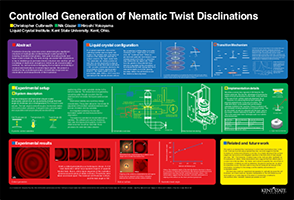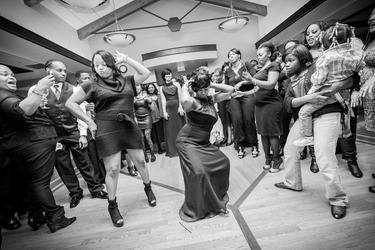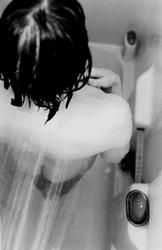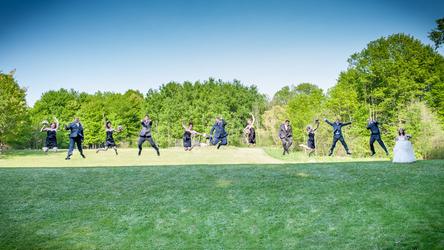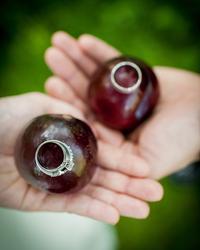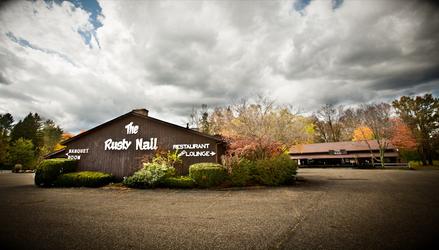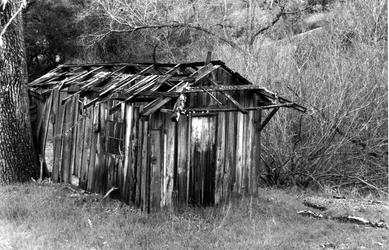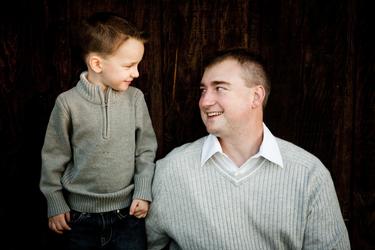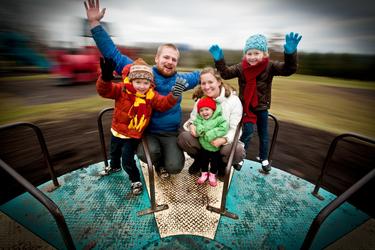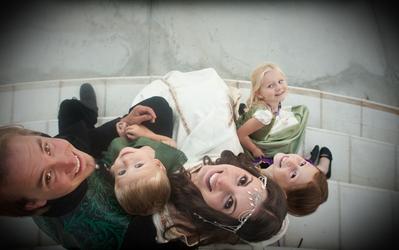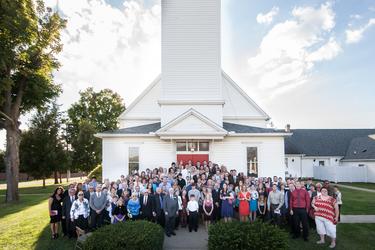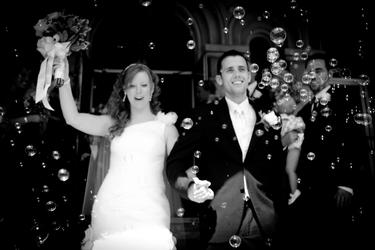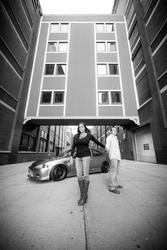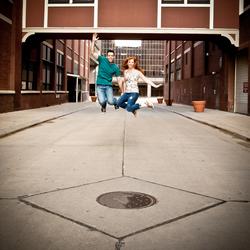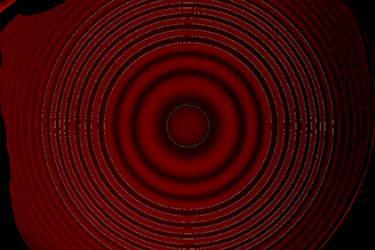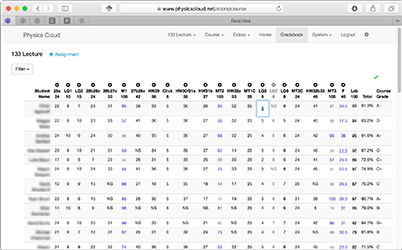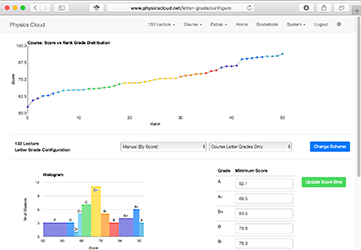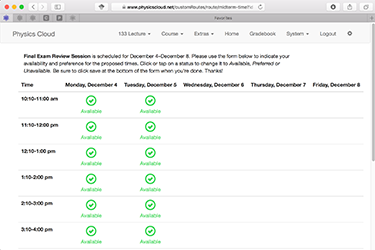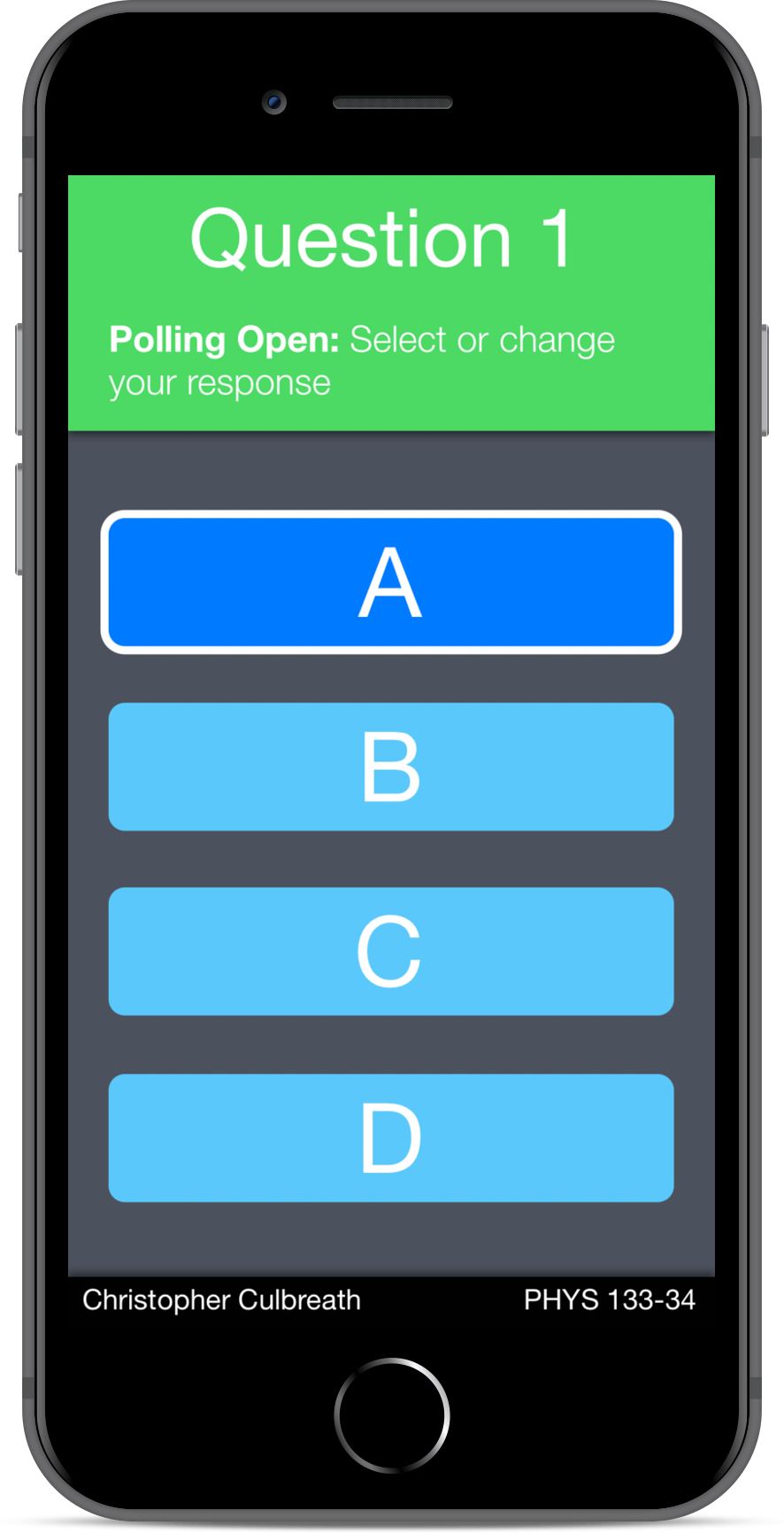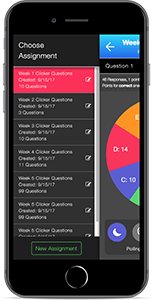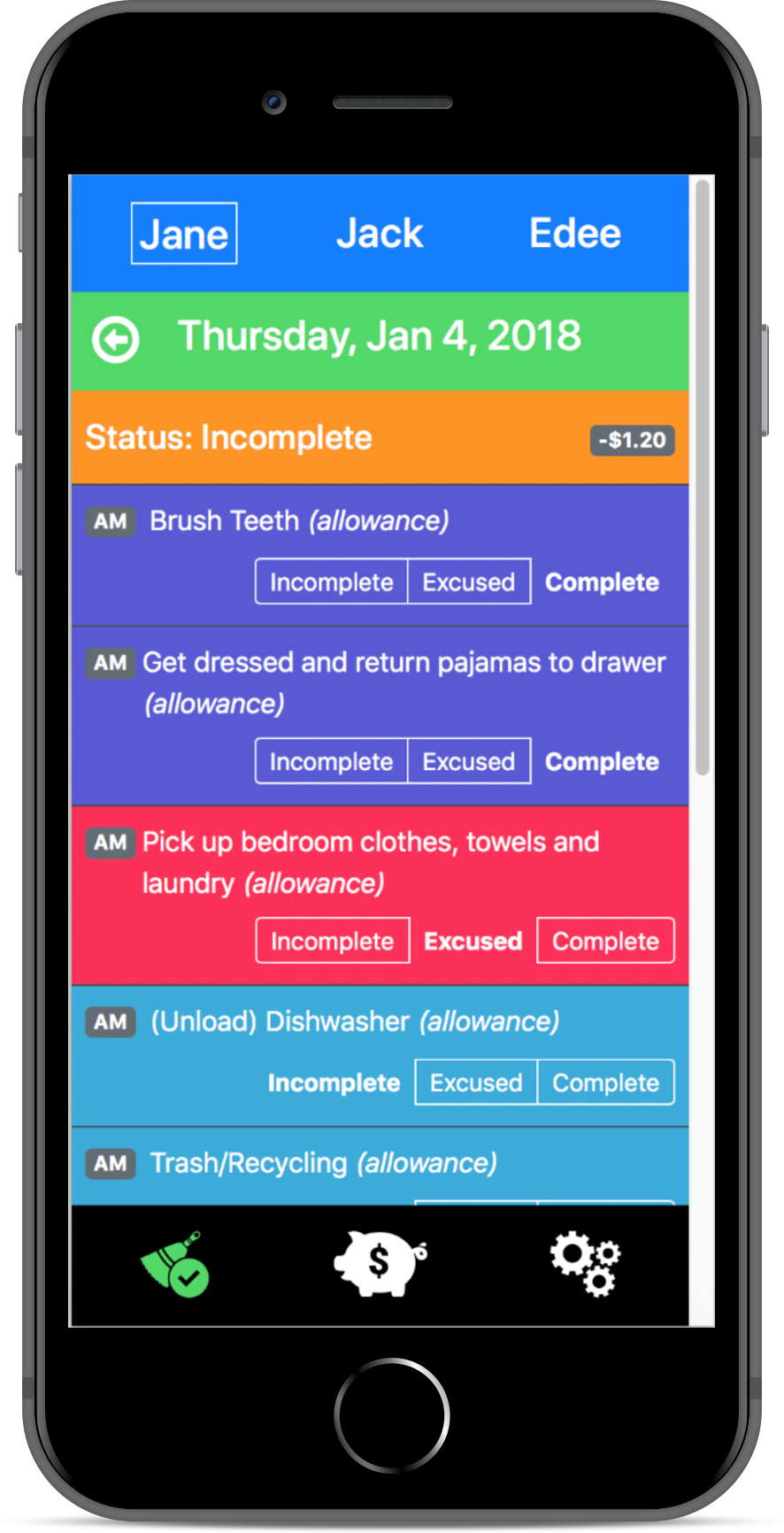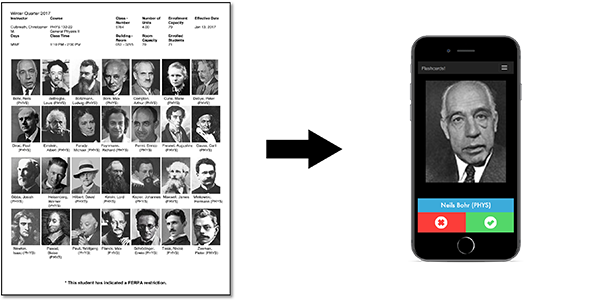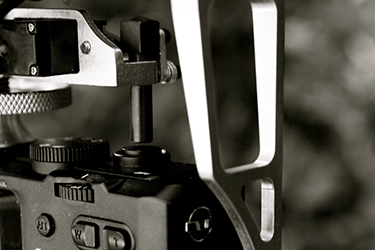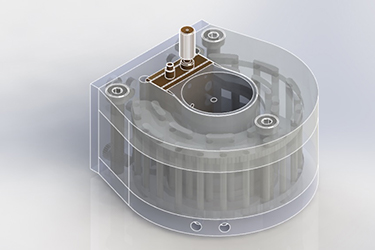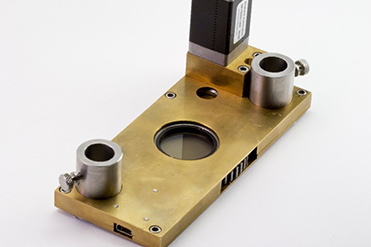Christopher Culbreath
Physicist · Educator · Programmer · Machinist
Intro
As a critical thinker with a passion for solving complex problems, I’m a trained physicist and experienced educator eager to apply my diverse skillset in a collaborative environment. My expertise in physics has equipped me with exceptional problem-solving abilities, innovative thinking, and the persistence needed to drive projects to completion.
With experience in materials science, automation engineering, and teaching, I bring a multidisciplinary perspective for finding creative solutions. I’m keen to join forces with a talented team of engineers who share my enthusiasm for tackling challenges and achieving excellence.
Efficiency is at the core of my work ethic; as an effective leader and trusted collaborator, I am dedicated to working methodically and systematically while developing the right tools to ensure success. My strong communication abilities have enabled me to form lasting, fruitful partnerships throughout my career.
Embracing vertical integration, I’ve honed skills across various aspects of my work — from developing bespoke software to precision machining my own tools. I have also expanded my abilities with professional experience in photography, computer repair, and print production. This rich tapestry of skills allows me to navigate challenges from multiple angles.
With an appetite for working alongside driven colleagues on exciting projects, my combination of critical thinking, technical knowledge, leadership skills, and unwavering motivation will prove invaluable in any technical endeavor.
To learn more about my past projects and specific areas of interest, please explore the content below.
Expertise
Materials Physics
As an experimental and computational physicist, I have extensively researched active materials, including liquid crystals and shape memory alloys. I specialize in custom automated instrumentation for novel measurements and observations as well as developing molecular dynamics, optical transmission, and director relaxation simulations. Recently, my focus has been on mentoring undergraduate physics students at Cal Poly through accessible, multi-disciplinary projects that enhance and complement the institution's renowned 'learn by doing' teaching approach.
Data Science
Expertise in data analysis forms an integral part of my experimental physics background. Utilizing various computational and automation tools, I can efficiently process data and uncover trends. With a deep understanding of data collection, normalization, error analysis, and visualization, I excel in developing mathematical models to compare datasets. My advanced knowledge of statistics, linear algebra, and differential equations reinforces my strong analytical foundation.
Automation Engineering
With hands-on experience designing, building, and implementing automated systems across diverse applications, I have honed my skills as an automation engineer. Developing control systems with both hardware and software components, combined with expertise in programming languages such as Python and LabVIEW, enables me to rapidly prototype and test ideas. By delivering automation solutions that improve efficiency, accuracy, and reduce human error, I consistently prioritize the most effective and efficient solutions for any given task.
Communication and Leadership
Strong communication and leadership skills have been crucial in my roles as a physicist, educator, and project manager. My experience mentoring undergraduate physics students has not only helped me connect with my audience but also allowed me to tailor my teaching style to their unique needs. As a team leader, I prioritize clear communication and collaboration with cross-functional teams to drive projects toward successful outcomes. In all aspects of my work, effective communication remains the key to fostering meaningful connections, whether it's while leading a project, delivering presentations, explaining complex concepts, or capturing the essence of a wedding through photographs.
Web Development
With a life-long appreciation for intuitive, well-designed software, I've honed my web development skills to bring innovative solutions to life. My experience in full-stack web development covers front-end technologies such as HTML, CSS, JavaScript, and Bootstrap. Within academic roles, I've developed a custom course-management system, gradebook, flashcard web-app for memorizing student names, and a system for students to submit and receive feedback on their work online during the pandemic. Outside academia, Chore Cloud—a chore and money management site—found its origins in a homegrown solution to supervising my kids' chores.
Photography and Print
As an award-winning portrait photographer and professional wedding photographer, I excel in documentary-style photography with a touch of whimsy. My technical expertise was fortified both behind the camera and as a researcher designing optical systems for experimental observation. In addition, my experience in print production includes offset press operation, pre-press processing, page layout, and graphic design.
Fabrication
An informal apprenticeship with a precision machinist provided me with a solid foundation in fabrication techniques such as CNC machining, lathe work, and manual milling. This apprenticeship imparted a profound understanding of material properties and their effect on the machining process, equipping me to create high-precision parts and components with tight tolerances. My versatile experience with fabrication tools (including milling machines and lathes) and computer-aided manufacturing techniques has allowed me to tackle a wide range of fabrication projects. This skillset has been invaluable in laboratory settings and fosters my passion for turning ideas into reality.
Technology
Languages

Frameworks
Apps



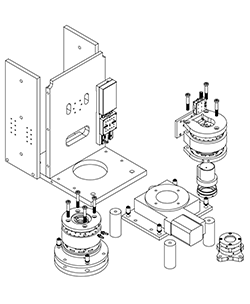 My research approach emphasizes the design and construction of versatile, unique instruments for studying liquid crystal systems. Developing and building custom instruments from scratch offers significant benefits: Each machine is perfectly suited for its intended task, and costs far less than a commercial counterpart. By guiding students through the design, fabrication, and automation processes, I promote collaboration and foster meaningful learning experiences, something that Cal Poly's student-focused approach greatly supports. Breaking down research projects—including instrument design, fabrication, refinement, measurement, and analysis—into senior-project-sized tasks encourages teamwork and fosters effective collaboration.
In today's era of open-source code and affordable micro-controllers, physics students can create robots, automate everyday tasks, and collect vast amounts of data from their surroundings. When designed to demonstrate or test a physical concept, these projects enable students to bring their imagination to life while fostering academic growth and engagement. Hands-on learning not only drives profound academic progress but instills a passion for physics that makes learning enjoyable for everyone.
My research approach emphasizes the design and construction of versatile, unique instruments for studying liquid crystal systems. Developing and building custom instruments from scratch offers significant benefits: Each machine is perfectly suited for its intended task, and costs far less than a commercial counterpart. By guiding students through the design, fabrication, and automation processes, I promote collaboration and foster meaningful learning experiences, something that Cal Poly's student-focused approach greatly supports. Breaking down research projects—including instrument design, fabrication, refinement, measurement, and analysis—into senior-project-sized tasks encourages teamwork and fosters effective collaboration.
In today's era of open-source code and affordable micro-controllers, physics students can create robots, automate everyday tasks, and collect vast amounts of data from their surroundings. When designed to demonstrate or test a physical concept, these projects enable students to bring their imagination to life while fostering academic growth and engagement. Hands-on learning not only drives profound academic progress but instills a passion for physics that makes learning enjoyable for everyone.

